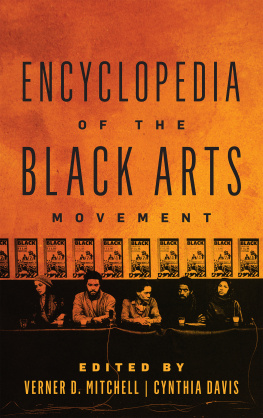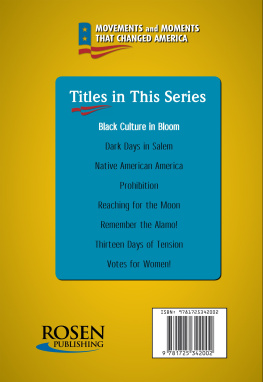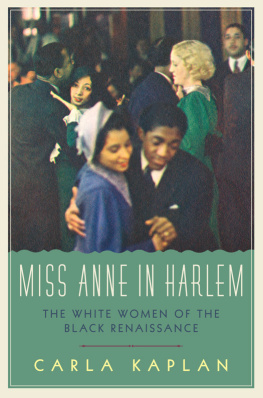VISIBLE MAN

Visible Man
The Life of Henry Dumas
JEFFREY B. LEAK

2014 by the University of Georgia Press
Athens, Georgia 30602
www.ugapress.org
All rights reserved
Set in Dante MT Std by Graphic Composition, Inc.
Printed and bound by Thomson-Shore
The paper in this book meets the guidelines for permanence and durability of the Committee on Production Guidelines for Book Longevity of the Council on Library Resources.
Printed in the United States of America
18 17 16 15 14 c 5 4 3 2 1
Library of Congress Cataloging-in-Publication Data
Leak, Jeffrey B., 1968
Visible man : the life of Henry Dumas / Jeffrey B. Leak.
pages cm
Includes bibliographical references and index.
ISBN 978-0-8203-2870-6 (hardcover : alk. paper)
ISBN 0-8203-2870-7 (hardcover : alk. paper)
1. Dumas, Henry, 19341968. 2. Authors, American20th century
Biography. 3. African American authorsBiography. I. Title.
PS3554.U43Z75 2014
813'.54dc23
[B]
2013023480
British Library Cataloging-in-Publication Data available
ISBN for digital edition: 978-0-8203-4710-3
IN HONOR OF RUDOLPH P. BYRD
19532011
Contents
Acknowledgments
The publication of a book, for the writer, is the ultimate affirmation, a time to reflect on the mysterious path that culminates in the rendering of thanks to family, friends, and colleagues. For me, this journey began with a conversation with someone who had already distinguished herself as a biographer. In that exchange, Valerie Boyd suggested that I write a biography of Henry Dumas, and I began a project that would resonate with me in ways that I, at the time, could have never imagined. So I thank you, Valerie, for planting the seed.
I soon contacted Dumass widow, Loretta Dumas, and Eugene B. Redmond, his literary executor. As a result of the relationship established with them, I have had full access to Henry Dumass materials. Simply put, this book could not have moved forward if they had not provided me the space and freedom to tell Henry Dumass story. Loretta Dumas introduced me to the world of Rutgers University and New Brunswick, where Henry Dumas solidified his aspirations as a writer and where they began life as a family after his departure from the air force. Redmond introduced me to the world of East St. Louis, Dumass final place of residence. Extending their graciousness further, Redmond and Loretta Dumas introduced me to Dumas family members in his birthplace, Sweet Home, Arkansas. Since Dumass death in 1968, both his widow and friend have led the effort to publish his materials.
The other person without whom a significant portion of this book could not have been written is Lois Wright. Her private papers reveal aspects of Henry Dumass life that will require many deep breaths. A sleuth herself, she has been both gracious and resourceful. Jay Wright, a close friend of Dumas, husband to Lois, and poet of inimitable vision, has been a steady source of integrity and encouragement.
In addition to Arkansas and New Jersey, I also traveled to New Hampshire and Vermont to view various Dumas materials and conduct interviews. On these occasions I was fortunate to stay with dear friends from graduate school, Mark and Meg Cronin. A special thanks to their daughter and son, Izzie and Byrne, for letting me hang out and shoot hoops.
As usual, I have relied on a number of scholars and editors for advice and critique. The anonymous readers for the press provided indispensable insights and questions that enriched this book in countless ways. Arnold Rampersad reminded me that, in the search for evidence, the biographer may have to endure a few unpleasantries and even rejections. My colleague in the History Department at UNC Charlotte, John David Smith, introduced me to Nancy Grayson, a model of patience and integrity, at the University of Georgia Press. Also at the press, Sydney Dupre managed the final phase of publication with effectiveness and assurance. Erika Stevens, formerly of UGA Press, provided critical vision and lucid suggestions apparent throughout the book. To Deborah Oliver and J. Naomi Linzer, thank you for guiding me across the finish line.
To Mark A. Sanders, I still strive to reach the bar that you and Rudolph set way out of reach. A special nod goes to Lawrence P. Jackson. In both your biography of Ralph Ellison and your study of African American writers from 1934 to 1968, you have influenced my understanding of black intellectual and creative activity.
To the reference librarians at UNC Charlotte and Special Collections staff at Rutgers University, thank you for answering every query and request with insight and enthusiasm. I also had an informal librarian in New York, my sister, Julie Leak, who assisted me in the search for public information. Also at UNC Charlotte, the College of Liberal Arts and Sciences, led by Dean Nancy Gutierrez, provided timely research support in both the early and latter stages of this project. As always, my colleagues in the Department of EnglishSandra Govan (professor emerita), Malin Pereira, Mark I. West, Janaka B. Lewis, and Peter Blair, in particularhave supported my efforts to balance research and teaching.
During the final stages of completing this book, my mentor, colleague, and dear friend, Rudolph P. Byrd, who over the course of eleven years had been engaged in a resilient battle with a form of cancer called multiple myeloma, left this side of existence in October 2011. In only the way he could do, Rudolph confronted illness with immeasurable beauty and resolve under inconceivable pressure. A scholar of the first order, his intellectual achievement was matched by his endearing humanity. In friendship and scholarship, Professor, I salute you.
I am blessed with family and friends whom I consider to be both. My immediate kinfolkthe Leaks, Franklins, and Anthonysdemonstrate daily what it means to have someones back. To Rene, Jaelyn, and Rylan, thanks for understanding the necessity of my trips to Arkansas, New Jersey, and New England. The best aspect of them was returning to you.
A special tribute to my wife, Rene: You had your own mountain to climb. And that you did. We are all the better for it.
And finally, to the Creator and Sustainer of the Universe, I bow humbly, with gratitude.
VISIBLE MAN
Prologue
The story of Henry Dumas should start with his surname. The majority of times he Anglicized it (Doo-muhs), meaning the s was heard, not silent. On a few occasions, in the presence of his wife, he invoked the French form (Dum-mah). The question of how to pronounce his surname is a fitting introduction to Dumass life. Before this book, the personal and literary story on Henry Dumas was like the frame of a house under construction; the outline was clear, but the house was incomplete. The biographical rooms were standard: early childhood years in Arkansas, move to Harlem at age ten, air force after high school, undergraduate course work at Rutgers University, brief period at Hiram College in Ohio, and last year of life in East St. Louis. But each room, each geographical and personal dimension of Dumas, has its own set of untold circumstances, representing his search for the perfect synthesis in personal, creative, and romantic life.
Until now, no one has interviewed people who knew Dumas in these various settings or questioned why his life followed the trajectory that it did and what that meant for his work and for him as a writer; equally important, no one has had access to the privately held Dumas papers or the correspondence between Dumas and Lois Wright (ne Silber), from 1963 to 1967 his most significant romantic interest outside of his marriage. My access to these primary sourcesenabled by his widow Loretta Dumas, Eugene B. Redmond (executor of the Dumas literary estate), and Lois Wrighthas changed altogether what we know about the intriguing, troubled, and visionary life of Henry Dumas.
Next page







